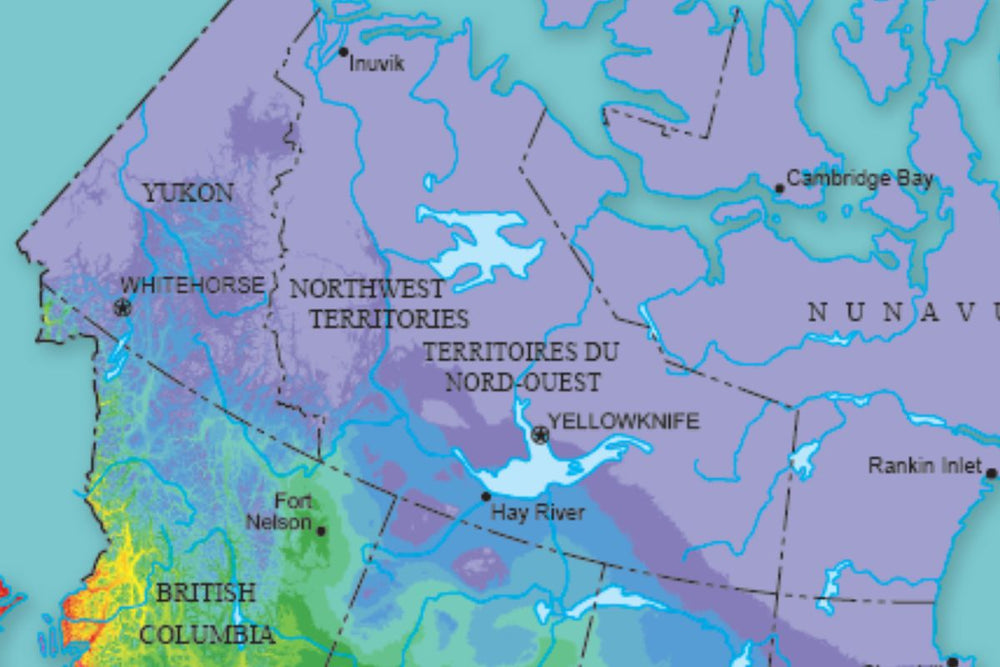Image from Natural Resources Canada
Characteristics of Northwest Territories Planting Region
The Northwest Territories has a subarctic to arctic climate, depending on the region. Summers are short but can be surprisingly warm, with long daylight hours—sometimes continuous sunlight during peak summer in the northern parts. Winters are long and extremely cold, with deep snow cover.
Southern NWT communities benefit from slightly milder weather, with growing seasons lasting between 60 to 90 frost-free days, usually from early June to late August. Soils in the region vary from well-drained sandy loam in river valleys to heavy clay or shallow soils in more northern areas.
Though limited, the window for growing is powerful when paired with the right timing and techniques.

Challenges of Growing in Northwest Territories
1. Short and Intense Growing Season
Even in the southern parts of NWT, the growing window is brief. Crops must be fast-maturing and able to handle cooler nights, even during summer.
2. Cold and Often Poor Soil Conditions
Soils may require amendment with compost or organic matter to support healthy plant growth. Permafrost and rocky terrain can also limit what’s possible in some areas.

The Benefits of Using a Greenhouse in Northwest Territories
Because of the short season and the risks posed by unpredictable weather, a greenhouse can be a game-changer for growing in NWT. Even an unheated greenhouse offers valuable protection and allows for better planning.
1. Extend your Growing Season
-
Without a Greenhouse:
Most crops must be sown after the last frost in June and harvested before late August.
-
With a Greenhouse:
Gardeners can start planting as early as April and continue harvesting into October with proper insulation and passive solar techniques.
The extra daylight in summer months fuels rapid plant growth, making greenhouses especially effective even with minimal added heat.

Greenhouse from a customer in Northwest Territories
2. Grow a Wider Variety of Vegetables
Without a Greenhouse:
These hardy vegetables typically do well outdoors in NWT’s climate:
|
Turnips Swiss Chard Spinach Radishes |
Lettuce Kale Beets Peas |
With a Greenhouse:
You can grow a much broader selection of vegetables, including:
Recommended vegetables for greenhouse growing include:
|
Broccoli Brussel sprouts Cabbage Cauliflower Cucumbers Onions Carrots |
Leeks Bell Peppers Pumpkins Gourds Squash Zucchini Tomatoes |
Watermelon Cantaloupe Herbs Sweet Corn Eggplant Potatoes |


